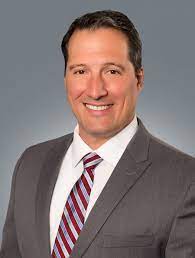Author Interviews, Dermatology, JAMA / 15.05.2023
JAMA Dermatology Study Evaluates Nonsteroidal Roflumilast Foam for Seborrheic Dermatitis
MedicalResearch.com Interview with:
Matthew Zirwas, MD
Founder, Bexley Dermatology Research Clinic
Bexley, OH 43209
MedicalResearch.com: What is the background for this study? How does Roflumilast differ from other treatments for seb derm?
Response: Seborrheic dermatitis affects up to 5% of the population globally and can have major impacts on quality of life. Treatment regimens are often complicated given the association of seborrheic dermatitis to hair bearing areas of the body, requiring multiple treatments for different parts of the body. Our phase 2 study aimed to understand the efficacy and safety of once-daily roflumilast foam 0.3% in adults with seborrheic dermatitis on their scalp, face and trunk. Roflumilast foam is a selective and highly potent phosphodiesterase (PDE) 4 inhibition that is being studied for a range of inflammatory skin conditions.
(more…)

